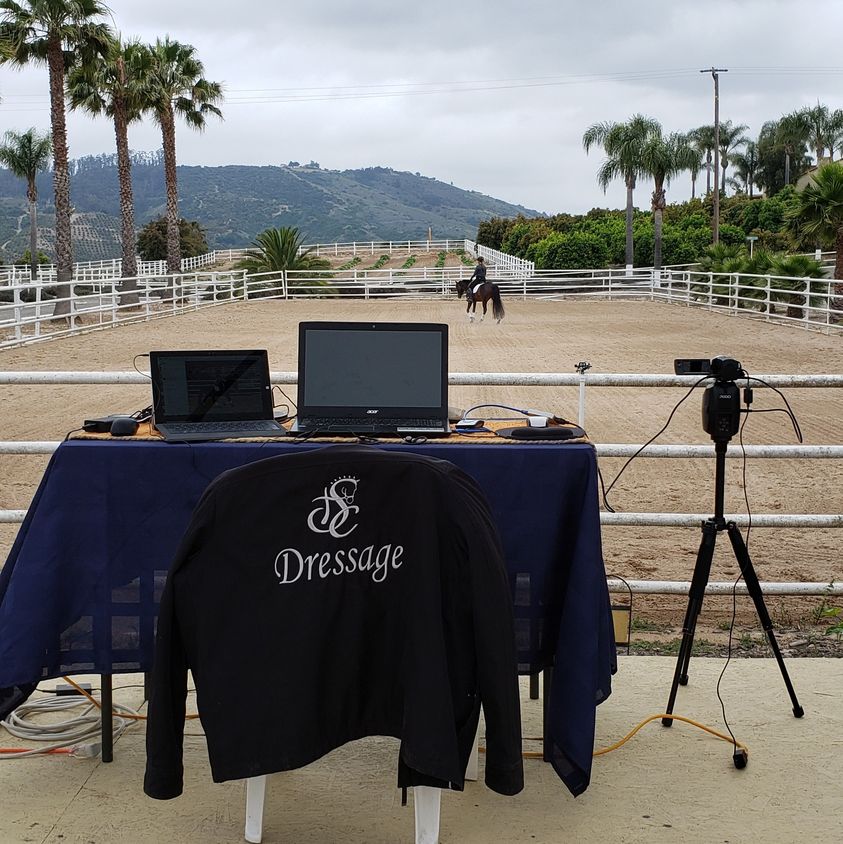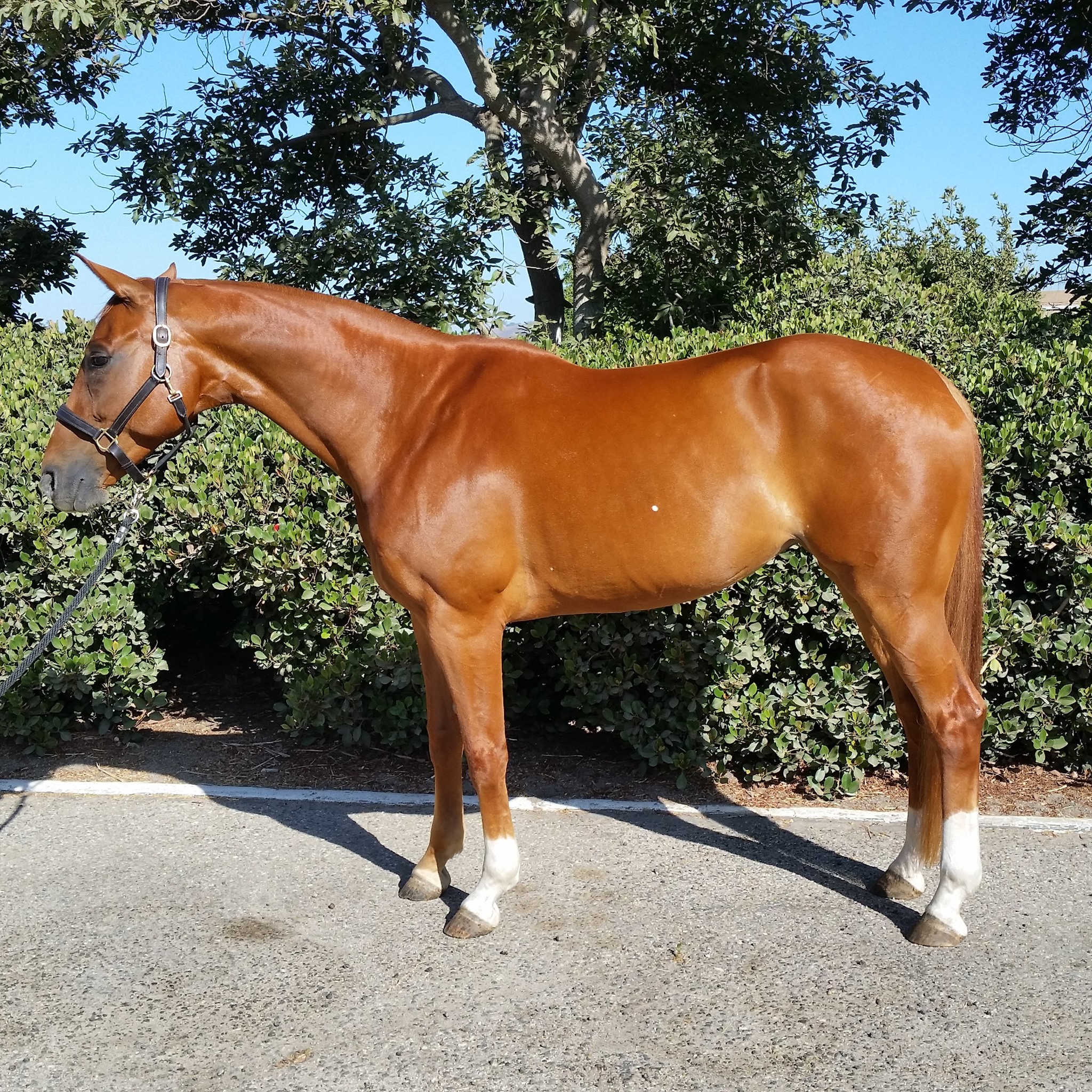Next up in our sales talk is videos.
If a picture is worth a thousand dollars, then a good quality video will be worth significantly more. After all, this is where your buyer will get their first, and lasting, impression of how the horse moves. As you all know, for dressage, how the horse moves is everything.
I’m here to help you get as much as possible for your horse, and to stop leaving thousands of dollars on the table. If there’s one place that I can convince you to put the most effort and investment, it’s in a good quality video. To be clear though, good quality does not mean long. It’s been my experience that most buyers won’t watch more than about 2-3 minutes of your video. That’s based on looking at the actual video view metrics of my own sale videos over the years, so it’s not just a guess. If you don’t know how to look that up, I suggest you figure it out.
Good marketing is all about data. It doesn’t matter how much you like your 15 minute long video of you putting bunny ears on your precious little fur baby that you think could be the next Valegro. If 99.9% of your prospective buyers are clicking away from the video in the first 20 seconds and you aren’t getting a single phone call, you need to change it up. It matters what your prospective buyers like, not what you like. The data will tell you very quickly if your video is resonating with your audience or not.
Many of these tips come straight from highly successful sales campaigns that others have run as well. I’ve worked with a few professional videographers over the years, including one who has sold over a million dollars worth of horses through the sales videos she’s produced.
So taking all that into account, what’s the best practice? You need to show what the horse can do, and leave them wanting more. Is it a training level 3-4 year old? Great. Show them trotting and cantering down the long side each way with maybe a transition or two thrown in. For the walk, 20 meters worth is more than enough. You don’t need to show an entire diagonal. I typically include some video of their personality, including some grooming time, tacking up, clipping, trailer loading, etc. But that segment is never more than 1 minute total, and usually less. The entire video is rarely longer than 4 minutes, and also usually less.
If it’s a Grand Prix horse, also great. Show all the movements they can do, but again, keep it brief. A full Grand Prix test is only 6 ½ minutes long, so your video shouldn’t be running for 10 minutes. Regardless of the level of the horse, think of the video as a ‘tease’ for your buyer that leaves them wanting more. When they want more, they’ll call you to come see him. Awesome, you’ve now converted cold traffic into warm traffic, and you’re one step closer to the sale!
As with the photos, plan your video so it’s early morning or late afternoon and you can keep the sun behind the camera. If you have a good team, you can get the pictures and video on the same day. Also as with the pictures, think about the best angles for capturing the movements. General trot/canter work, tempi changes, piaffe/passage, it’s best to film from the side. Half pass, shoulder-in and sometimes pirouettes are better from directly in front.
All the same rules apply with cleaning your horse too as in the previous post about pictures. But again, you should try to do it all on the same day so you save yourself the work of having to get all cleaned up a second time.
And for God’s sake, use a tripod. I don’t care if you think your hands are steadier than a world class neurosurgeon. They’re not, and when you put that video up online it looks more like you were riding out a 6.5 on the Richter scale. And the jerky kind of earthquake, not the easy rolling kind. My peeps in SoCal know what I’m talking about.
Finally, remember to zoom, but carefully. If you don’t use the zoom at all, it’s tough to see the horse when it’s the size of a mouse at the far end of the arena. And if you zoom in or out really fast, or in a really choppy manner, it gets nauseating. So practice being able to work that zoom button smoothly.
I’ve seen and heard of good quality pictures and especially videos more than doubling the price of a horse in extreme cases, so don’t neglect to put massive effort into these two segments of your sales presentation! If you don’t have the equipment or knowledge to properly capture and edit the footage, then pay a professional. The few hundred dollars you’ll spend up front will be recouped in thousands, or even tens of thousands of dollars when the horse sells


